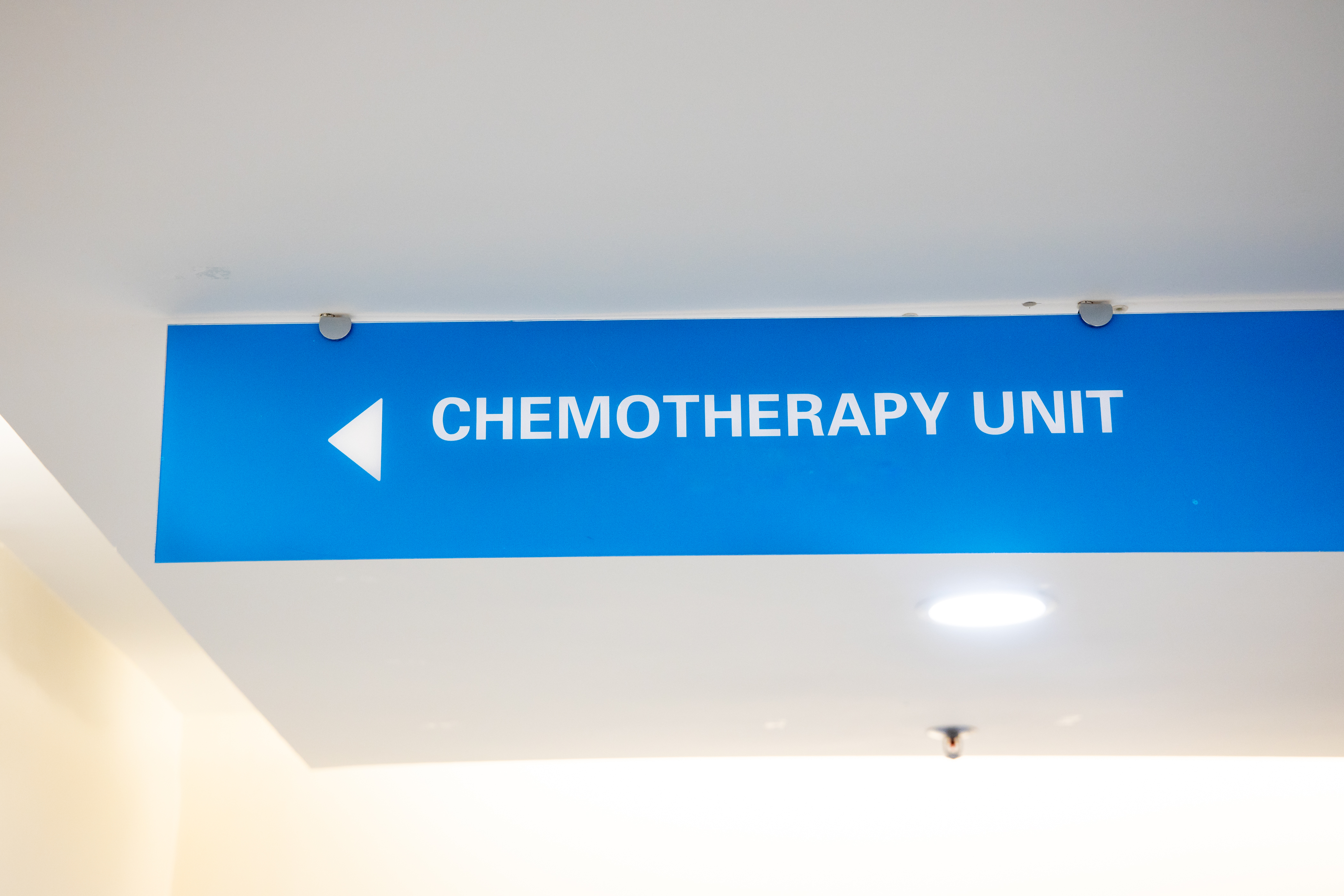5 Unforeseen Plot Twists in Your Chemotherapy Journey
Chemotherapy is the use of certain drugs to kill off cancerous or rapidly growing cells in an individual's body. Chemotherapy is utilized the most in the treatment of cancer because the disease is characterized by rapidly growing and multiplying cells throughout the body. Chemotherapy can also be used to treat non-cancerous conditions that require a bone marrow transplant, and in disorders where an individual's immune system is overactive.
In terms of treatment for cancer, chemotherapy may be used to ease problematic symptoms, to cure cancer without the use of other treatments, to prepare a patient for other treatments, or after the use of other treatments to kill leftover cancer cells. Different types of chemotherapy drugs are used based on an individual's type and stage of cancer, overall health, personal preferences, and previous cancer treatments. Chemotherapy drugs may be administered through intravenous infusions, injection into a muscle, oral pill or capsule, and topical creams.
How The Treatment Works

There are over one hundred different chemotherapy drugs that may be used to treat a patient's cancer independently or in combination with other treatments. These drugs work by targeting cells in different stages of the cell cycle. The cell cycle is the process a cell goes through to divide itself into two daughter cells. Because malignant cells multiply at a much faster rate than healthy cells, most of them are undergoing the process of division and multiplication at any given time in the progression of cancer.
Certain chemotherapy drugs are able to target cells in a specific stage of the cell cycle, so specialized doctors are able to use a strategic combination of them to kill as many cancerous cells as possible. The main caveat of chemotherapy drugs is they are not able to distinguish if the cells within their target cell cycle stage are malignant or healthy. Carefully monitored and coordinated chemotherapy treatment overseen by a specialized physician will maintain a balance between the eradication of cancerous cells and the conservation of healthy cells.
Types Of Chemotherapy

There are six main types of chemotherapy drugs, which are characterized by the different ways in which they work. Alkylating agents are chemotherapy drugs that work to damage the DNA of cells in all stages of the cell cycle to stop them from reproducing. Antimetabolites affect cells in the stage of the cell cycle where chromosomes are being copied by causing interference with the building blocks of DNA and RNA. Anti-tumor antibiotics are drugs that alter the DNA inside of cancerous cells to stop them from reproducing, or they disrupt enzymes that help with DNA copying during the cell cycle.
Topoisomerase inhibitors are drugs that stop the activity of topoisomerases responsible for helping with the separation of DNA strands during the cell cycle. Mitotic inhibitors are chemotherapy drugs that work to stop the cell division process by stopping enzymes from producing proteins required for successful cell reproduction. Corticosteroids are considered a chemotherapy drug when they are used in the treatment of cancer. Each chemotherapy drug has a different set of possible side effects and differs in effectiveness for different types of cancer.
